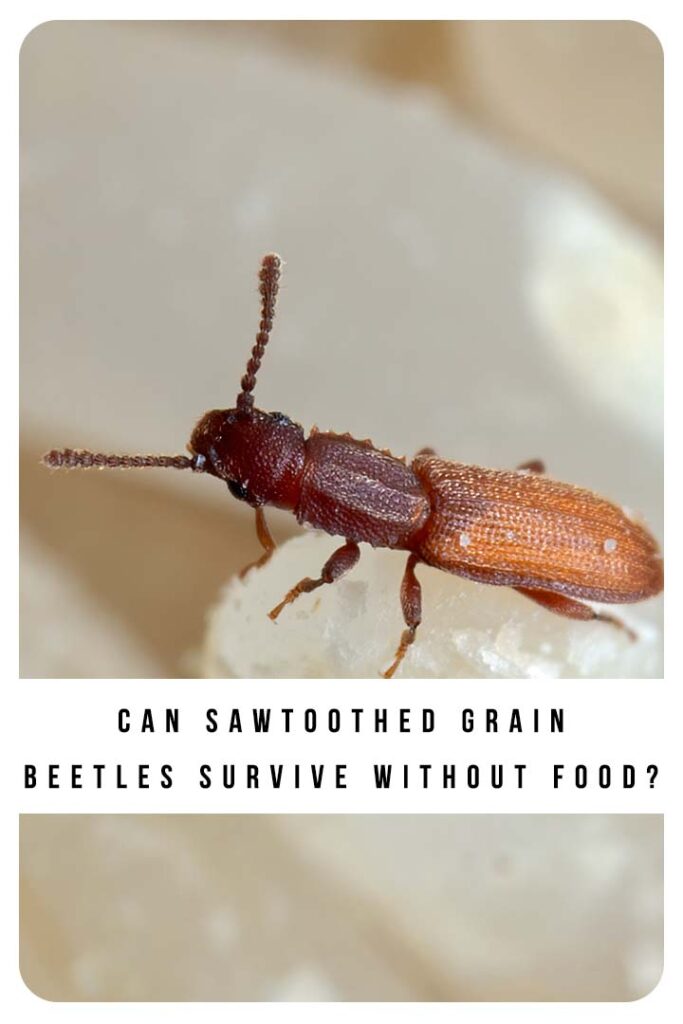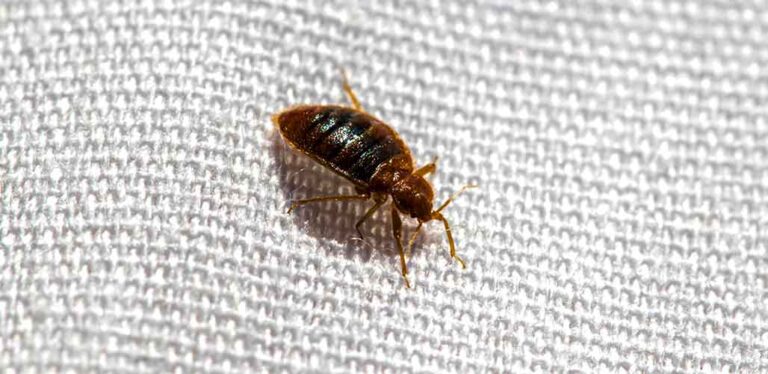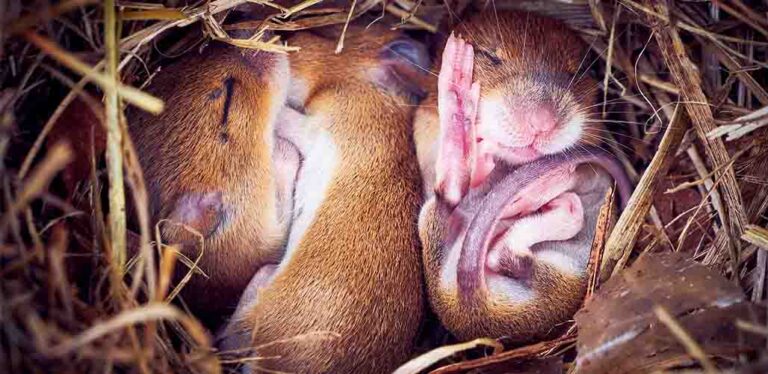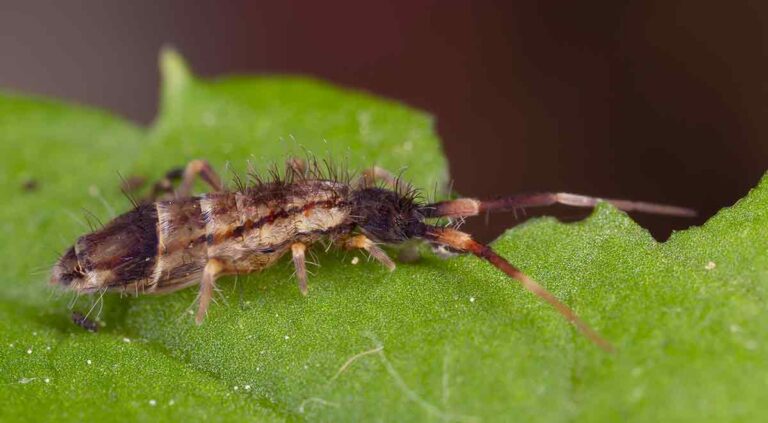Can Sawtoothed Grain Beetles Survive Without Food?
Can sawtoothed grain beetles survive without food? Even if you keep your foods securely sealed and hidden away, these pesky insects can somehow find their way into your favorite treats! And they need to consume them to survive. Flour and died goods like pet foods and staple grains are common victims of sawtoothed grain beetle feasts. Sawtoothed grain beetles are food-infesting foragers who can be a real nuisance if they find their way into your pantry. Today, I’ll explain what they look like, how they get into your home, and what to do if you spot them.
Contents
- What is a sawtoothed grain beetle?
- Can sawtoothed grain beetles survive without food?
- How do sawtoothed grain beetles get into our food?
- Are sawtoothed grain beetles dangerous to humans?
- How can I get rid of sawtoothed grain beetles?
- Can I prevent sawtoothed grain beetles from getting into my house?
What is a Sawtoothed Grain Beetle?
This grain beetle gets its name from the six tiny sawlike teeth found on either side of its thorax. They have a long, flattened, narrow-shaped body and are generally brown in color, growing to 1/10th of an inch in length when fully grown. These insects cannot fly and are not attracted to light. The larvae of this beetle are worm-like in appearance with a yellowish-white color and less than 1/8th inch long when mature.
Surprisingly enough, sawtoothed-grained beetles don’t actually eat whole grains but instead feed on damaged or processed grains like flour, cereal, rice, oatmeal, pasta, pet food and rice. These notorious pests can also infest items, including chocolate, candy bars, nuts, spices, tobacco, fruits, and dried meat.
In their search for food, these beetles infest places like granaries, warehouses, grain processing facilities and grocery stores. But they can also find their way into our homes.
Can Sawtoothed Grain Beetles Survive Without Food?
Sawtoothed grain beetles can’t survive without food because their life cycle revolves around food. A female will lay her eggs in and around the food supply. A single female can lay anything from 45 to 250 eggs annually. The larvae emerge from the eggs in 3 to 17 days, depending on the temperature. The larval period usually lasts from around 2 to 10 weeks, going through two to five moults, after which they pupate by sticking together small food particles to form a protective covering around their bodies.
This pupal stage lasts from one to three weeks before transforming into adulthood. In ideal conditions, this cycle can take just 30 days. Adult sawtoothed grain beetles are long-lived compared to many other insects and can live around three years. They might move to other areas in your home, but will usually stay in your pantry and the grains within.
How Do Grain Beetles Get into Our Food?
These little pests are opportunists and usually get into foodstuffs when they are in production or in the process of being packaged. If you buy dried foods from a grocery store infested with these beetles, chances are that other packages are tainted, too, which can lead to an infestation in the local area.

Once they find themselves in your pantry, grain beetles will quickly find their way into other dried goods. They can also be spotted in other areas in the home.
The beetle’s flat body and substantial chewing parts allow them to enter food stored in plastic bags and containers. So, you could open a box of cereal and find these pests have started breakfast without you! Grain beetles only need the scent of something desirable, and they will make every attempt to get inside.
Can Sawtoothed Grain Beetles Hurt Humans?
Luckily, sawtoothed grain beetles pose no dangerous threat to humans as they do not spread diseases, bite, or sting and do no damage to the home or furniture. However, you want to quickly eliminate these pests as they contaminate and spoil food sources and can cause mold problems due to excess moisture. These pests are more of a nuisance than anything else as you must throw out all contaminated food, costing you time and money.
How Can I Remove Sawtoothed Grain Beetles?
If you find an infestation of grain beetles in your kitchen, you need to empty all your cabinets, shelves and closets where the pests have been seen or thought to exist. It would be best to discard any foodstuff containing these annoying little creatures. Place the food in sealed plastic bags and throw them in the garbage.
Next, I’d recommend vacuuming all areas where you have seen the pests. This might include cabinets, under and behind appliances and furniture, and kitchen floors and walls, paying particular attention to corners and cracks. Vacuuming will also help remove any eggs which are tiny and challenging to see. Females lay eggs with a glue-like excretion enabling them to attach to surfaces where food is available. Empty the vacuum cleaner after use to prevent another infestation.
Then wipe down all surfaces with soap and hot water in the corners of your cabinets. Properly eliminating an infestation of these beetles can take a lot of work. So, for many people, the best way to get rid of sawtooth grain beetles in your home is to call out your local pest control company.
How to Stop Sawtoothed Grain Beetles from Entering Your Home
As we have learned, sawtoothed grain beetles usually find their way into our homes when we unknowingly purchase infested products at a grocery store. To help prevent an infestation in your home, thoroughly inspect any food containers and packaging for damage before buying and check the due date. Any products past their due date can lure pests with their strong scent.
Buy foodstuffs in smaller quantities and use older foods before opening more. Remove dry goods from their packaging, storing them in sealed glass or hard plastic containers with secure lids. Glass is preferable because you can see if any pests are visible. Another alternative is to store your grains in the refrigerator or freezer.
Keep your kitchen and other storage areas adequately ventilated. And, clean every part of your home that could have food in it. This can include your kitchen, pantry, cupboards, and so on. You should also discard old or expired food items, particularly if they have a strong smell.
Can Sawtoothed Grain Beetles Survive Without Food?
The grain beetle depends on food for its survival, with the female laying her eggs in foodstuffs and larvae relying on particles to form a protective layer for the pupal stage of their life cycle. But, there are plenty of ways to deal with an infestation if you notice these annoying bugs in your home.
More Pest Control Tips
- Finding mice nests in your home
- How to get rid of pill bugs
- Do I have a bed bug infestation?
- Do blowflies kill plants?
References
- Mowery, S. (et al), ‘Mechanisms Underlying Sawtoothed Grain Beetle (Oryzaephilus Surinamensis [L.]) (Coleoptera: Silvanidae) Infestation of Consumer Food Packaging Materials’, Journal of Economic Entomology (2002)
- Gautam, S. (et al), ‘Phosphine Resistance in Saw-Toothed Grain Beetle, Oryzaephilus Surinamensis in the United States’, Journal of Stored Products Research (2020)
- Awadalla, S. (et al), ‘Feeding and Egg-Laying Preferences of the Sawtoothed Grain Beetle Oryzaephilus Surinamensis: Beyond Cereals and Cereal Products’, Journal of Stored Products Research (2021)
- Hashem, M. (et al), ‘Susceptibility of Different Life Stages of Saw-Toothed Grain Beetle Oryzaephilus Surinamensis (L.) (Coloeptera: Silvanidae) to Modified Atmospheres Enriched with Carbon Dioxide’, Journal of Stored Products Research (2012)







